The Art of Optimising Images for Your Website
In today's fast-paced digital world, a visually captivating website can make all the difference in attracting and retaining visitors. One crucial aspect that often gets overlooked is the optimisation of images. Not only does proper image optimisation enhance the user experience, but it also helps with search engine optimization (SEO) and page load speed. In this article, we will explore some best practices for optimizing images for your website.
Choose the Right Format
Selecting the appropriate image format is essential for optimal performance without compromising quality. The most commonly used image formats include JPEG, PNG, and GIF.
JPEG is the preferred format for photographs and complex images due to its high compression capabilities while maintaining good quality. PNG is best suited for images with areas of solid color or transparency, like logos or graphics. GIF is ideal for animations or small images with limited color palettes.
Compress without Compromise
Compressing images is vital to reduce their file size without sacrificing visual quality. There are various ways to achieve this:
1. Manual Compression: Image editing software like Adobe Photoshop or online tools such as Squoosh allow you to adjust the compression settings manually. Aim for a balance between size reduction and visual clarity.
2. Plugins and Tools: Many Content Management Systems (CMS) and website builders offer plugins and tools that automatically compress images upon upload. These tools utilize algorithms to optimize images without any loss in quality.
3. Lazy Loading: Implementing lazy loading techniques can significantly improve page load times. With lazy loading, images are loaded as users scroll down, reducing initial load times. Popular CMS platforms, including Squarespace, offer built-in lazy loading features.
Scale and Crop Appropriately
Before uploading any image to your website, resizing it to the exact dimensions required is crucial. Uploading large images and scaling them down with HTML or CSS slows down your website's performance. Instead, scale images offline using image editing software, ensuring they match the desired display size.
Furthermore, cropping images to focus on the main subject enhances visual appeal and allows for better composition within the website's design.
Optimize Alt Text and Image Titles
Optimizing the alt text and image titles is vital for accessibility and SEO purposes. Alt text provides a text alternative to visually impaired users and search engines, describing the image's content. Ensure your alt text accurately reflects the image and includes relevant keywords without being overly verbose.

